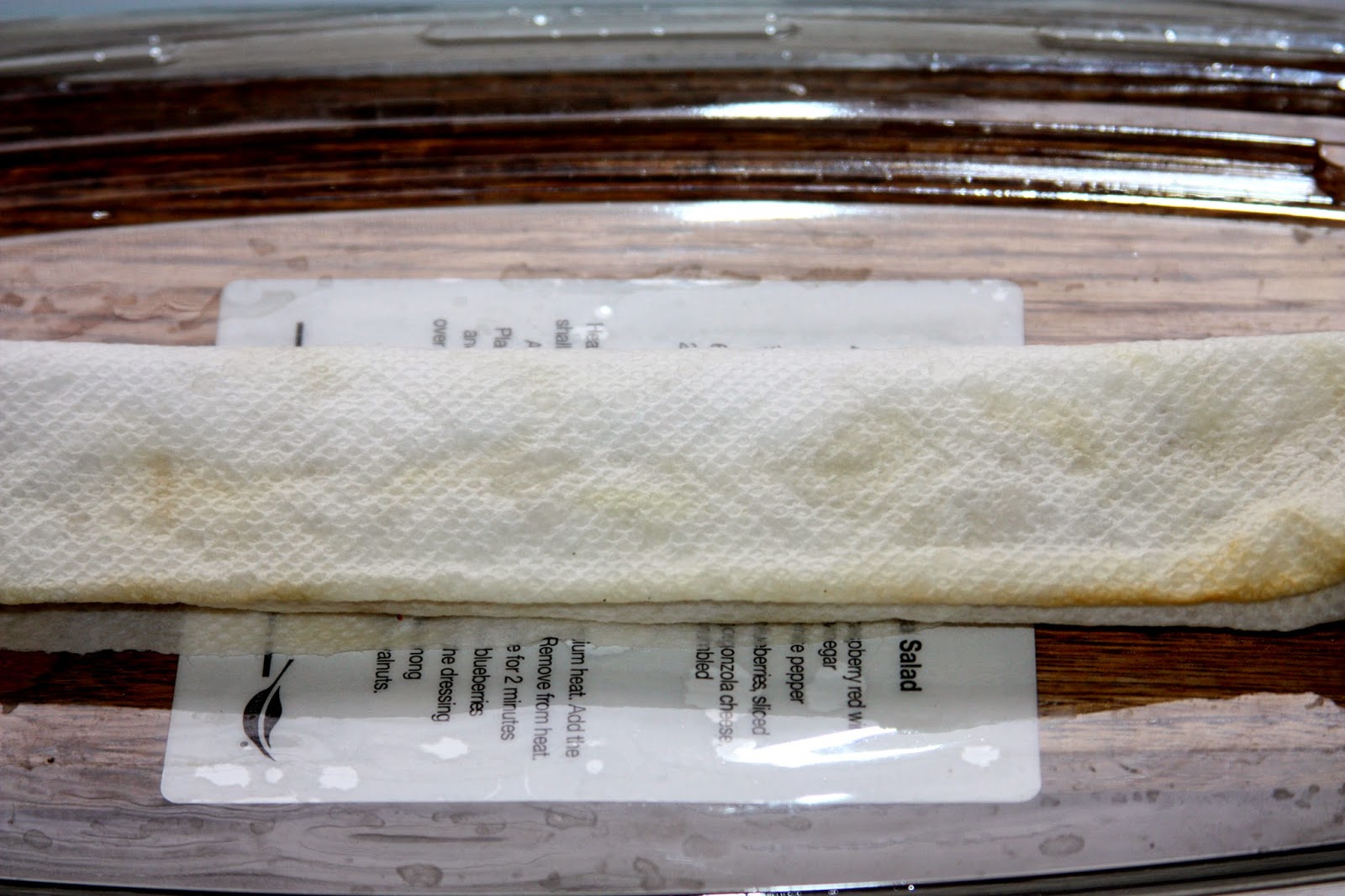Attract Wildlife in Your Garden and Yard

Attracting wildlife to a back or front yard requires patience plus a willingness to share, according to Clark Shilling of Owasso. Clark and Connie Shilling gave a presentation at the 2014 Horticulture Industries Conference last month, showing the audience photos of the wildlife-friendly plants they have added to their 1.5-acre yard. “We bought our property 11-years ago,” said Clark. “We went to the Tulsa Audubon Society Tour ( www.tulsaaudubon.org ) to see what was growing in local native plant gardens. While we were there, we bought the book “Bringing Nature Home” and that was our turning point.” Since attending that tour the Shillings have planted more and more natives. He said Connie’s flower beds are in the front yard, a lawn is in the back yard for their grandchildren, and they fenced an acre in the back for wildlife viewing. OK native peach tree He said native fruits and nuts are good choices for feeding wildlife but that pecans, persimmon and black walnuts


.jpg)






